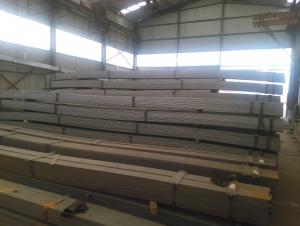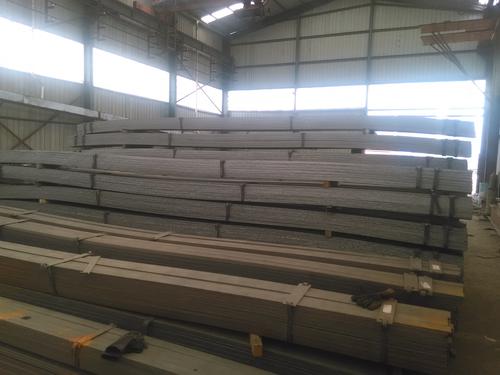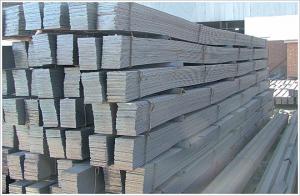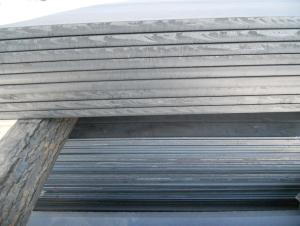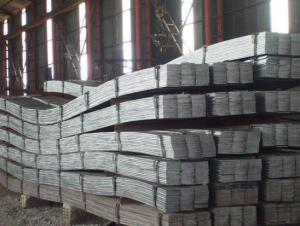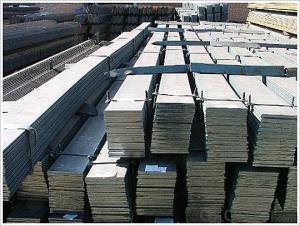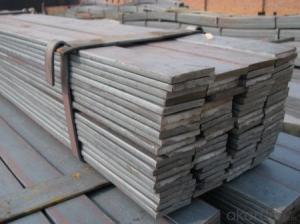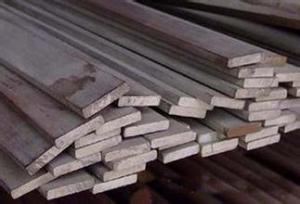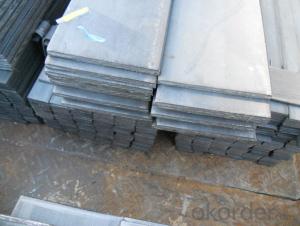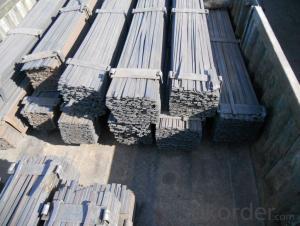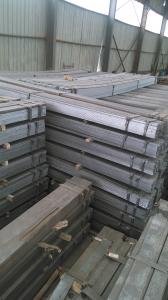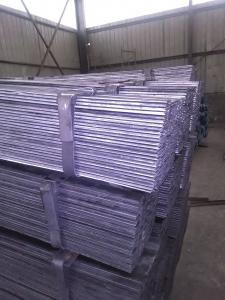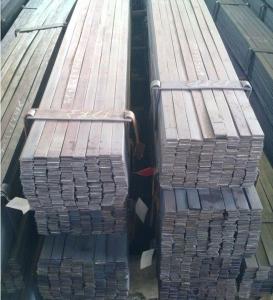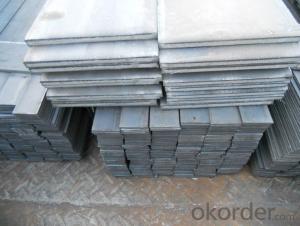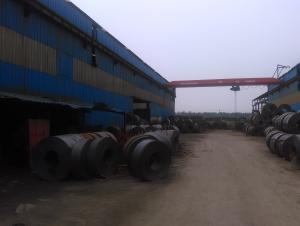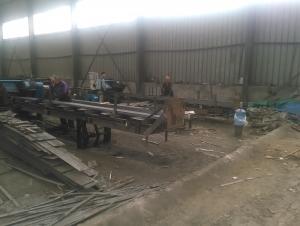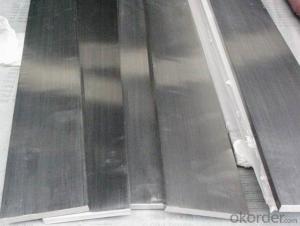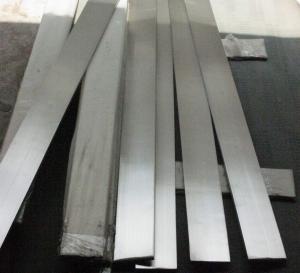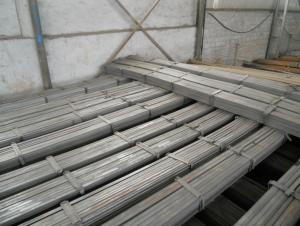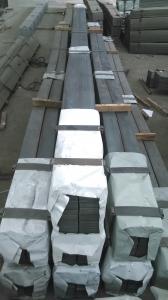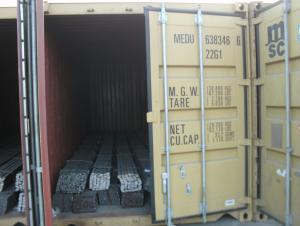Steel Flat Bars with Quality ASTM A36 SS400 or Equivalent
- Loading Port:
- Tianjin
- Payment Terms:
- TT or LC
- Min Order Qty:
- 50 m.t.
- Supply Capability:
- 10000T m.t./month
OKorder Service Pledge
OKorder Financial Service
You Might Also Like
Product Description:
OKorder is offering Steel Flat Bars with Quality ASTM A36 SS400 or Equivalent at great prices with worldwide shipping. Our supplier is a world-class manufacturer of steel, with our products utilized the world over. OKorder annually supplies products to African, South American and Asian markets. We provide quotations within 24 hours of receiving an inquiry and guarantee competitive prices.
Product Applications:
Steel Flat Bars with Quality ASTM A36 SS400 or Equivalent are ideal for structural applications and are widely used in the construction of buildings and bridges, and the manufacturing, petrochemical, and transportation industries.
Product Advantages:
OKorder's Steel Flat Bars with Quality ASTM A36 SS400 or Equivalent are durable, strong, and wide variety of sizes.
Main Product Features:
· Premium quality
· Prompt delivery & seaworthy packing (30 days after receiving deposit)
· Can be recycled and reused
· Mill test certification
· Professional Service
· Competitive pricing
Product Specifications:
Manufacture: slited
Slitting precision (width) : 0.5 mm or less
Raw material: Q235B, Q345B, Q235-1 b
crosscutting precision (length) : 2 mm or less
Processing: the thickness of 2.0-16 mm;
Shear length: 2000 mm above
Wide degree: 15-1250 - mm;
Leveling precision: 1-2 MM square
Packaging: Export packing, nude packing, bundled
FAQ:
Q1: How many tons of steel products could be loaded in containers?
A1: Usually the steel products are delivered by bulk vessel because of the large quantity and the freight. However, there are no bulk vessel enter some seaports so that we have to deliver the cargo by containers. The 6m steel product can be loaded in 20FT container, but the quantity is changed according to the size, usually from 18tons to 25tons.
Q2: How do we guarantee the quality of our products?
A2: We have established an advanced quality management system which conducts strict quality tests at every step, from raw materials to the final product. At the same time, we provide extensive follow-up service assurances as required.
Q3: what is the difference between actual weight and theoretical weight?
A3: All the section steel has two weights: actual weight and theoretical weight. Actual weight is the weighing out when the product delivered from the mill. Theoretical weight is calculated by pieces. The invoice can be based on each of them as your request.
Images:
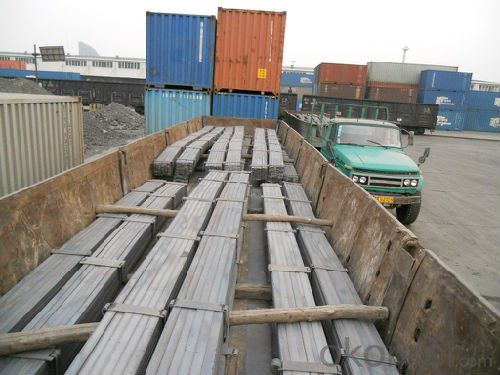

- Q: Can steel flat bars be used for making conveyors or material handling systems?
- Yes, steel flat bars can be used for making conveyors or material handling systems. Steel flat bars are commonly used in the construction of conveyor systems due to their strength, durability, and ability to handle heavy loads. They provide a stable and reliable base for the conveyors and are easily customizable to fit specific requirements.
- Q: How do steel flat bars perform in terms of vibration damping?
- Steel flat bars are known for their excellent vibration damping properties. Due to their high density and stiffness, they effectively absorb and dissipate vibrations, resulting in reduced noise and improved stability. The rigid nature of steel flat bars helps to dampen vibrations, making them a reliable choice for applications requiring vibration control and minimizing resonance.
- Q: Are steel flat bars suitable for indoor or outdoor applications?
- Steel flat bars can be used both indoors and outdoors due to their versatility. Whether it's a construction project in any environment, steel is a popular choice. The durability and corrosion resistance of steel flat bars make them perfect for outdoor use, even in harsh weather conditions and with exposure to moisture. They can be utilized for various outdoor structures including fences, gates, and handrails. Additionally, indoor projects like furniture, shelving, and support beams can benefit from the use of steel flat bars. Furthermore, these bars can easily be painted or coated to prevent rust and enhance their appearance. In conclusion, steel flat bars are a dependable and adaptable option for both indoor and outdoor applications.
- Q: Hot dip galvanized flat steel specification 40X4, 60X6 meaning?
- Hello Hot galvanized flat steel specification 40* 4 stands for flat steel with a height of 40 mm and a thickness of 4 mm60* 6 stands for flat steel with a height of 60 mm and a thickness of 6 mm..
- Q: What are the applications of steel flat bars in the automotive industry?
- Steel flat bars are extensively utilized in the automotive industry due to their wide range of applications and numerous benefits. Some of the primary uses of steel flat bars in the automotive sector include: 1. Chassis and Frame Components: Automobiles often incorporate steel flat bars in the construction of chassis and frame components. These bars offer the necessary strength and rigidity to support the vehicle's weight and endure various forces and vibrations. 2. Suspension Systems: Suspension systems, including leaf springs and torsion bars, are fabricated using steel flat bars. These components assist in absorbing shocks and vibrations, thereby enhancing the overall ride quality and stability of the vehicle. 3. Braking Systems: Steel flat bars are integral to the construction of various braking system components, such as brake shoes and brake rotors. They provide the essential strength and durability to withstand the high temperatures and pressures associated with braking. 4. Safety Features: Steel flat bars find application in the manufacturing of safety features like roll bars and roll cages. These components offer additional protection to the vehicle's occupants in the event of a rollover or collision, thereby improving overall safety. 5. Bumpers and Grilles: Automobile bumpers and grilles are often fabricated using steel flat bars. These bars provide impact resistance and safeguard the engine and other vital components located at the front and rear ends of the vehicle. 6. Body Panels: Steel flat bars are extensively used in the construction of body panels, such as door frames, roof rails, and window frames. Their strength and stability contribute to maintaining the structural integrity of the vehicle's body. 7. Exhaust Systems: The manufacturing of exhaust systems, including exhaust pipes and mufflers, incorporates steel flat bars. These bars offer high-temperature resistance, corrosion resistance, and durability, ensuring efficient exhaust gas flow and reducing noise levels. In conclusion, steel flat bars play a vital role in the automotive industry by providing strength, durability, and reliability to various components and systems. They significantly contribute to the overall performance, safety, and longevity of automobiles.
- Q: What are the common methods of joining steel flat bars together?
- The common methods of joining steel flat bars together include welding, bolting, riveting, and using adhesive bonding.
- Q: Are steel flat bars available in different colors or finishes?
- No, steel flat bars are typically not available in different colors or finishes. Steel is primarily used for its strength and durability, rather than its aesthetic appeal. However, there are some instances where steel flat bars can be painted or powder coated in different colors for decorative purposes. Additionally, steel can be treated or coated with different finishes such as galvanized or stainless steel for improved corrosion resistance.
- Q: Can steel flat bars be used for making mining industry equipment?
- Steel flat bars are an excellent choice for the fabrication of mining industry equipment. Being a durable and strong material, steel can withstand the challenging conditions and heavy loads typically encountered in mining. These bars can be utilized in the construction of various mining equipment including conveyor systems, support structures, frames, and components for mining machinery. With their flat shape, they are easy to cut, shape, and weld, making them highly versatile for manufacturing mining equipment. Furthermore, steel flat bars are readily available in different grades and thicknesses, ensuring they can meet the specific requirements of any mining operation. In conclusion, steel flat bars offer a reliable and cost-effective solution for producing mining industry equipment.
- Q: Are steel flat bars used in the manufacturing of medical equipment or devices?
- Yes, steel flat bars are commonly used in the manufacturing of medical equipment or devices. Steel is known for its strength, durability, and resistance to corrosion, making it an ideal material for various medical applications. Steel flat bars are often used to create structural components, supports, frames, and brackets for medical devices. These bars provide stability and support, ensuring the safe and efficient functioning of the equipment. Additionally, steel can be easily sterilized, making it suitable for use in sterile environments such as hospitals and clinics. Overall, steel flat bars play a crucial role in the manufacturing of medical equipment and devices, contributing to their reliability and longevity.
- Q: Can steel flat bars be used for window frames?
- Yes, steel flat bars can be used for window frames. Steel flat bars have excellent strength and durability properties, making them suitable for various structural applications, including window frames. They provide a solid and sturdy framework for holding window panes in place. Additionally, steel flat bars can be easily fabricated and welded to create custom window frame designs. Their resistance to corrosion also ensures long-term performance and minimal maintenance requirements. Overall, steel flat bars offer a reliable and robust option for window frame construction.
Send your message to us
Steel Flat Bars with Quality ASTM A36 SS400 or Equivalent
- Loading Port:
- Tianjin
- Payment Terms:
- TT or LC
- Min Order Qty:
- 50 m.t.
- Supply Capability:
- 10000T m.t./month
OKorder Service Pledge
OKorder Financial Service
Similar products
Hot products
Hot Searches
Related keywords
